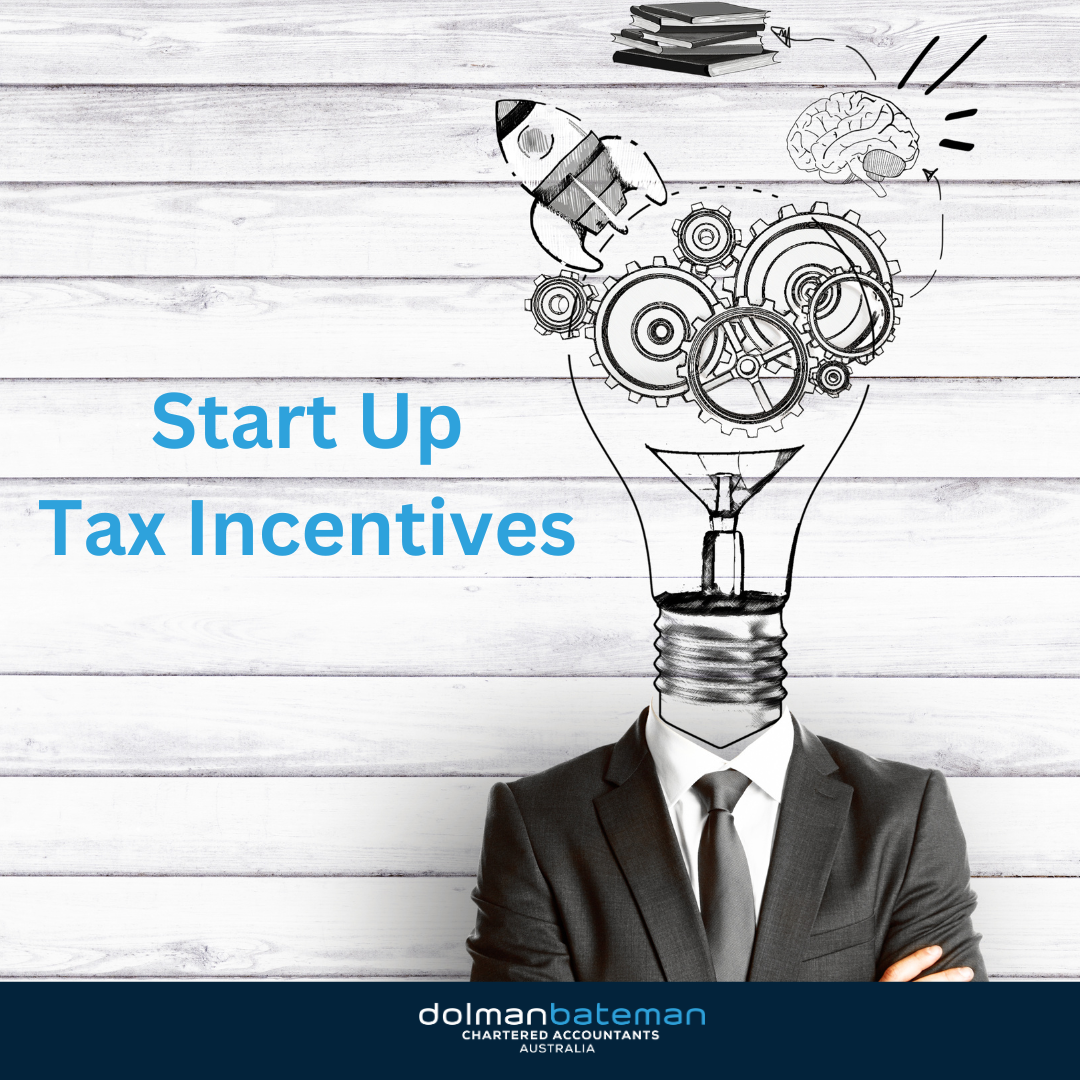Tax Incentives for Early Stage Investors
- Arnold Shields

- Oct 11, 2023
- 2 min read
Updated: May 14

Australia’s startup scene is thriving, and the government is backing it. With a series of targeted tax incentives, early-stage investors have more reason than ever to support the nation’s innovators. Whether you're a seasoned investor or exploring startup opportunities for the first time, understanding these incentives could make a big difference to your bottom line.
Early Stage Innovation Company (ESIC) Tax Incentives
The ESIC program encourages private investment in innovative startups by offering compelling tax incentives:
20% Non-Refundable Tax Offset: Investors can claim up to $200,000 per year.
Capital Gains Tax (CGT) Exemption: If held for at least 12 months and less than 10 years, the shares can be sold CGT-free.
Franking Credit Modifications: Enhanced treatment of franked dividends in specific scenarios.
To qualify, the company must:
Be genuinely innovative (as per the ATO's innovation test),
Have less than $1 million in aggregated turnover,
Be unlisted.
This scheme rewards those backing Australia’s most promising early-stage ventures.
Early Stage Venture Capital Limited Partnership (ESVCLP)
For those looking at managed investment options, the ESVCLP model provides access to venture capital fund structures that specialise in early-stage businesses.
Benefits include:
Tax-Free Capital Gains on investments held for 10+ years,
10% Income Tax Offset, capped at $200,000 annually,
10% CGT Discount on qualifying interests held over 12 months.
ESVCLPs combine professional management with generous tax concessions, making them an attractive vehicle for portfolio diversification.
Crowd-Sourced Equity Funding (CSEF)
Introduced in 2017, CSEF lets startups raise capital from the public through regulated online platforms. While not a tax incentive in itself, it gives investors access to early-stage opportunities previously limited to VCs or angels.
While there are no direct tax offsets or CGT concessions tied to CSEF investments, savvy investors may still enjoy capital gains as these businesses grow.
Research and Development (R&D) Tax Incentive
Investors may also benefit indirectly from the R&D tax incentive, which supports companies conducting eligible R&D activities in Australia.
This includes:
Refundable tax offsets for companies with turnover under $20 million,
Non-refundable offsets for larger entities.
Startups leveraging R&D incentives may have a stronger runway for innovation—making them more likely to deliver high returns over time.
Why Professional Guidance Matters
Tax rules are complex, and eligibility hinges on very specific criteria. At Dolman Bateman, we help investors and entrepreneurs navigate these rules with confidence. Whether you're exploring your first ESIC or planning to join an ESVCLP, we ensure your structure aligns with ATO requirement, so you can reap the full benefits of Australia's innovation-driven economy.
Ready to make your investment work harder for you?
Disclaimer:
The information provided in this article is general in nature and does not constitute personal financial, legal or tax advice. While every effort has been made to ensure the accuracy of this content at the time of publication, tax laws and regulations may change, and individual circumstances vary. Dolman Bateman accepts no responsibility or liability for any loss or damage incurred as a result of acting on or relying upon any of the information contained herein. You should seek professional advice tailored to your specific situation before making any financial or tax decision.


